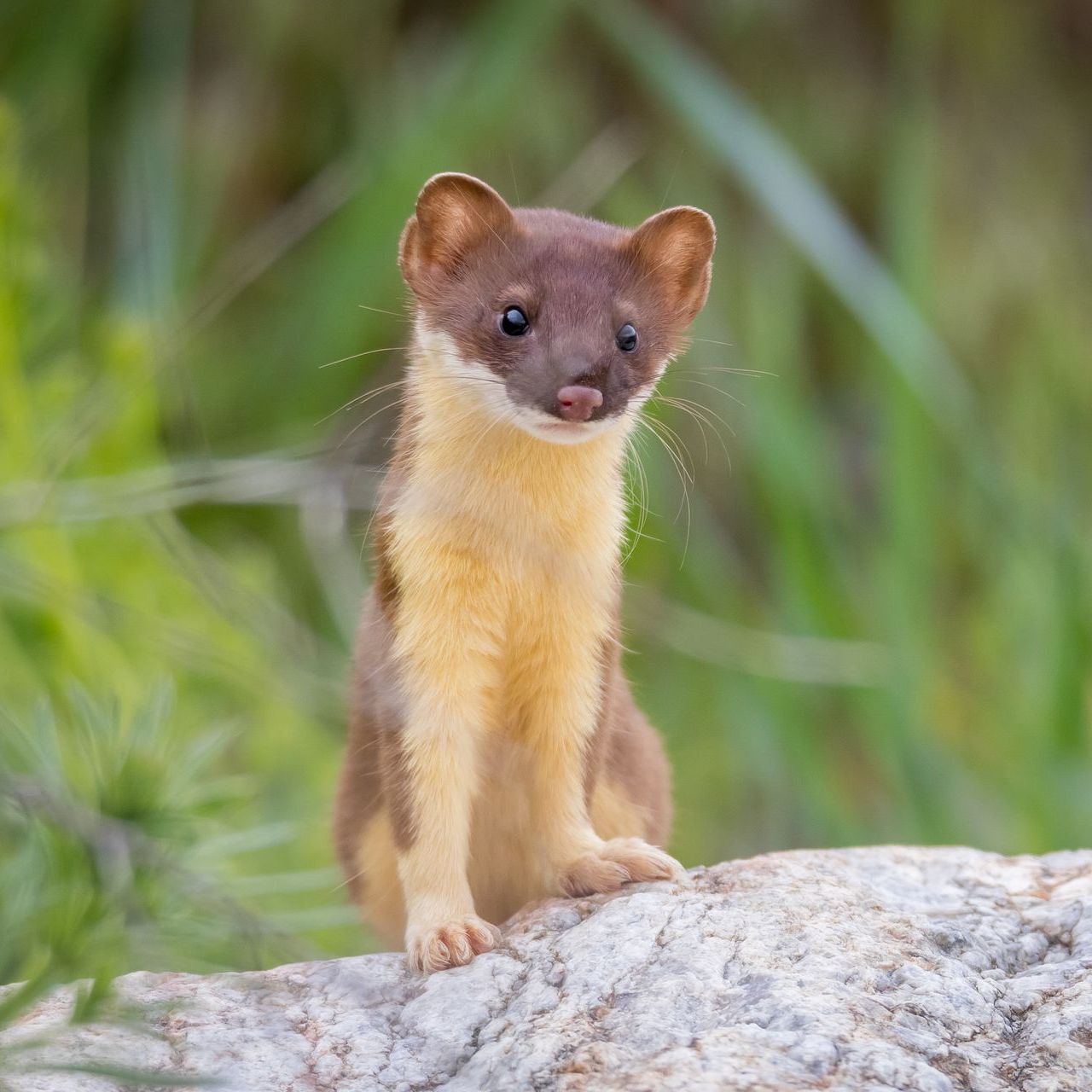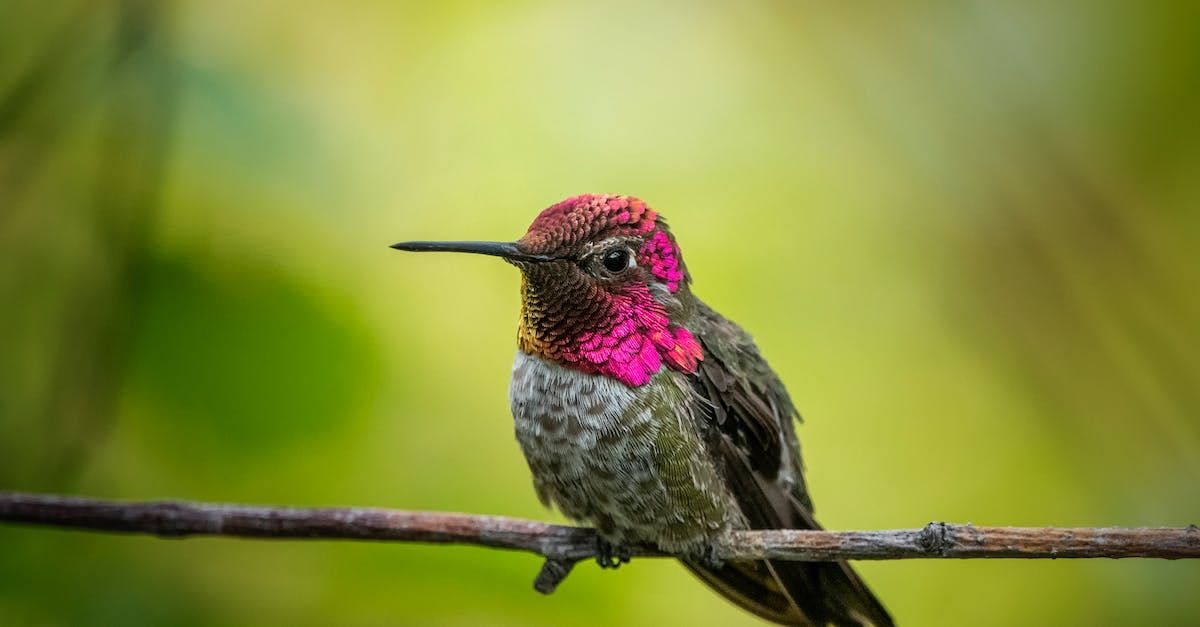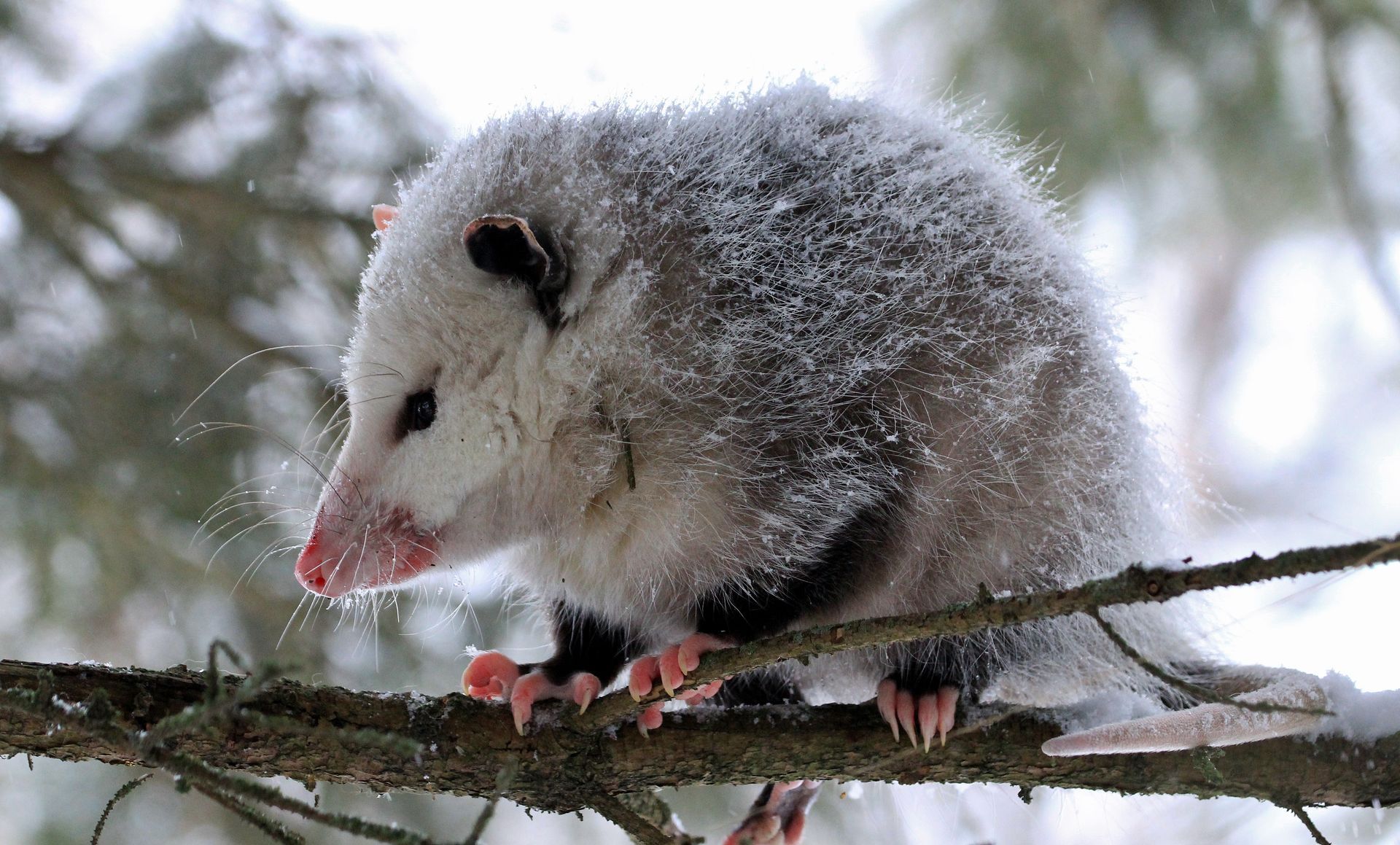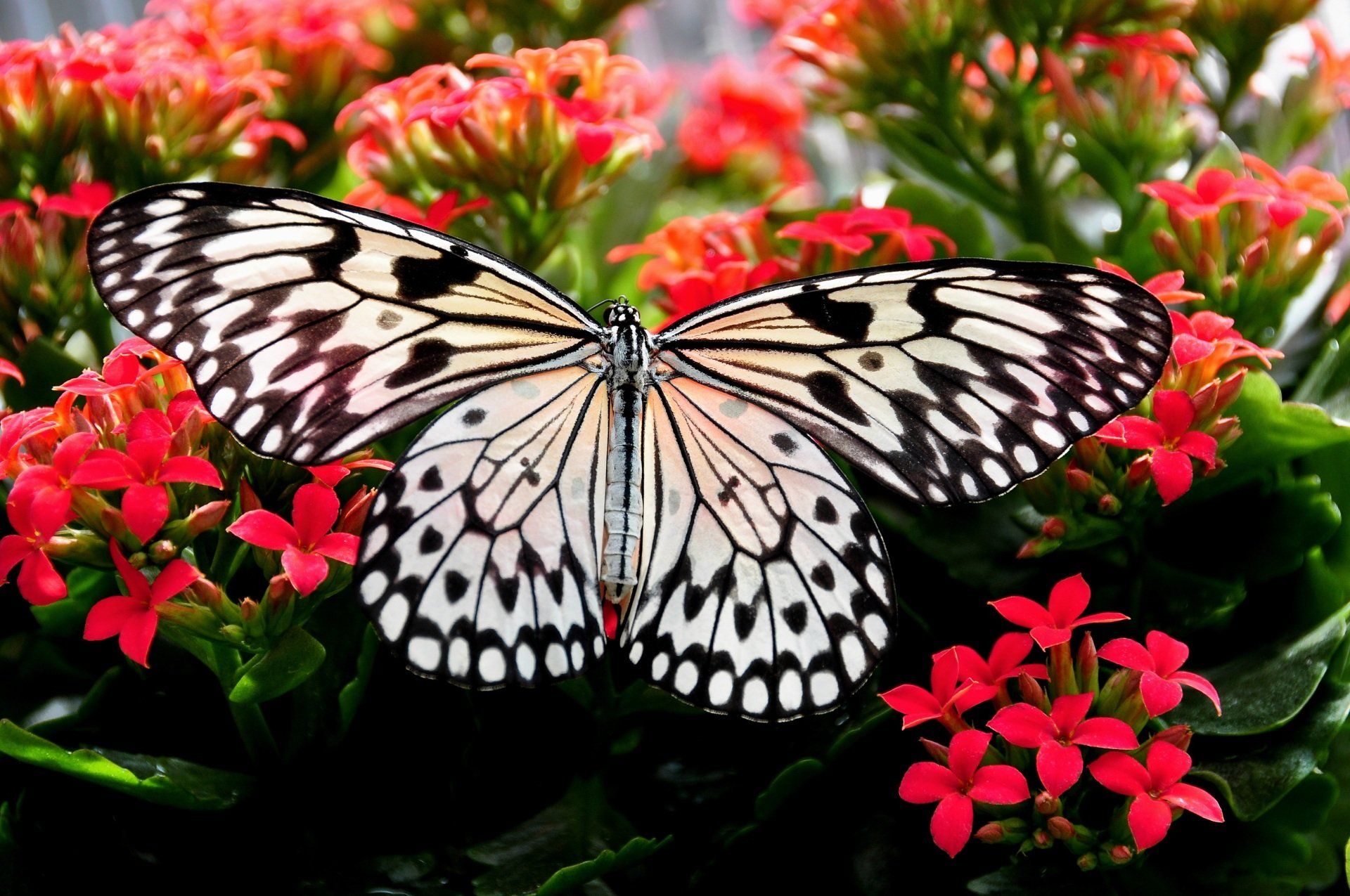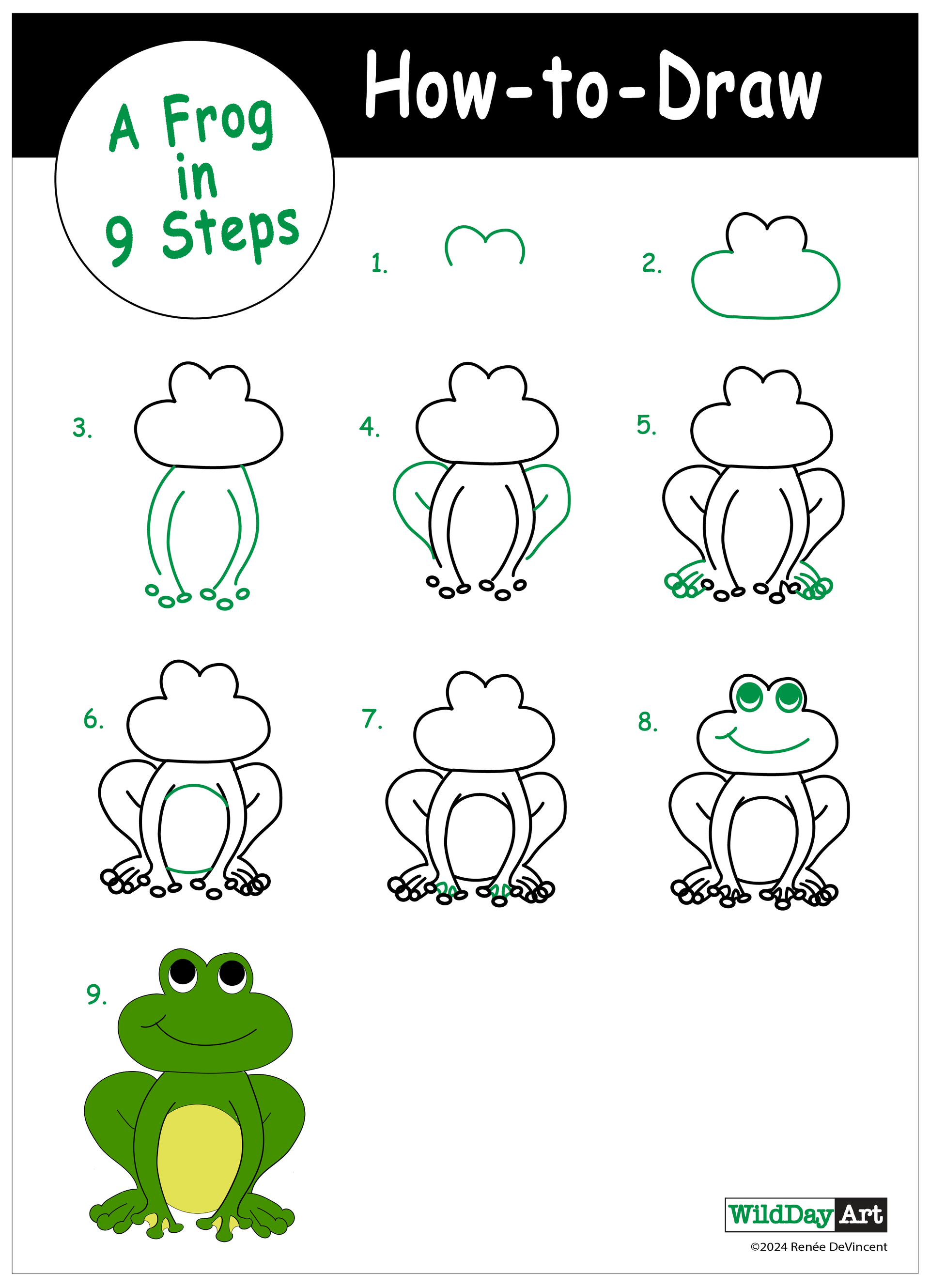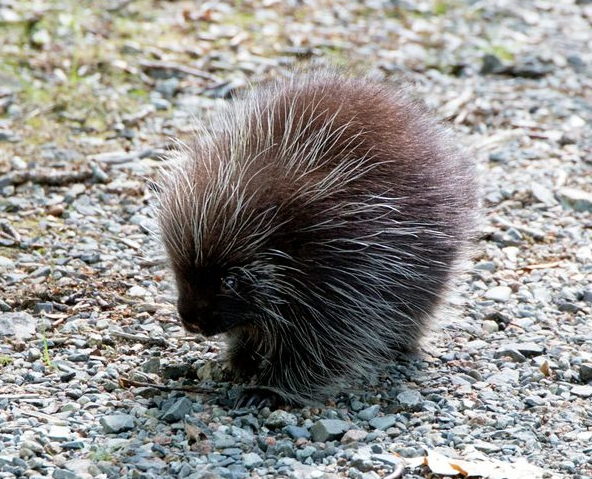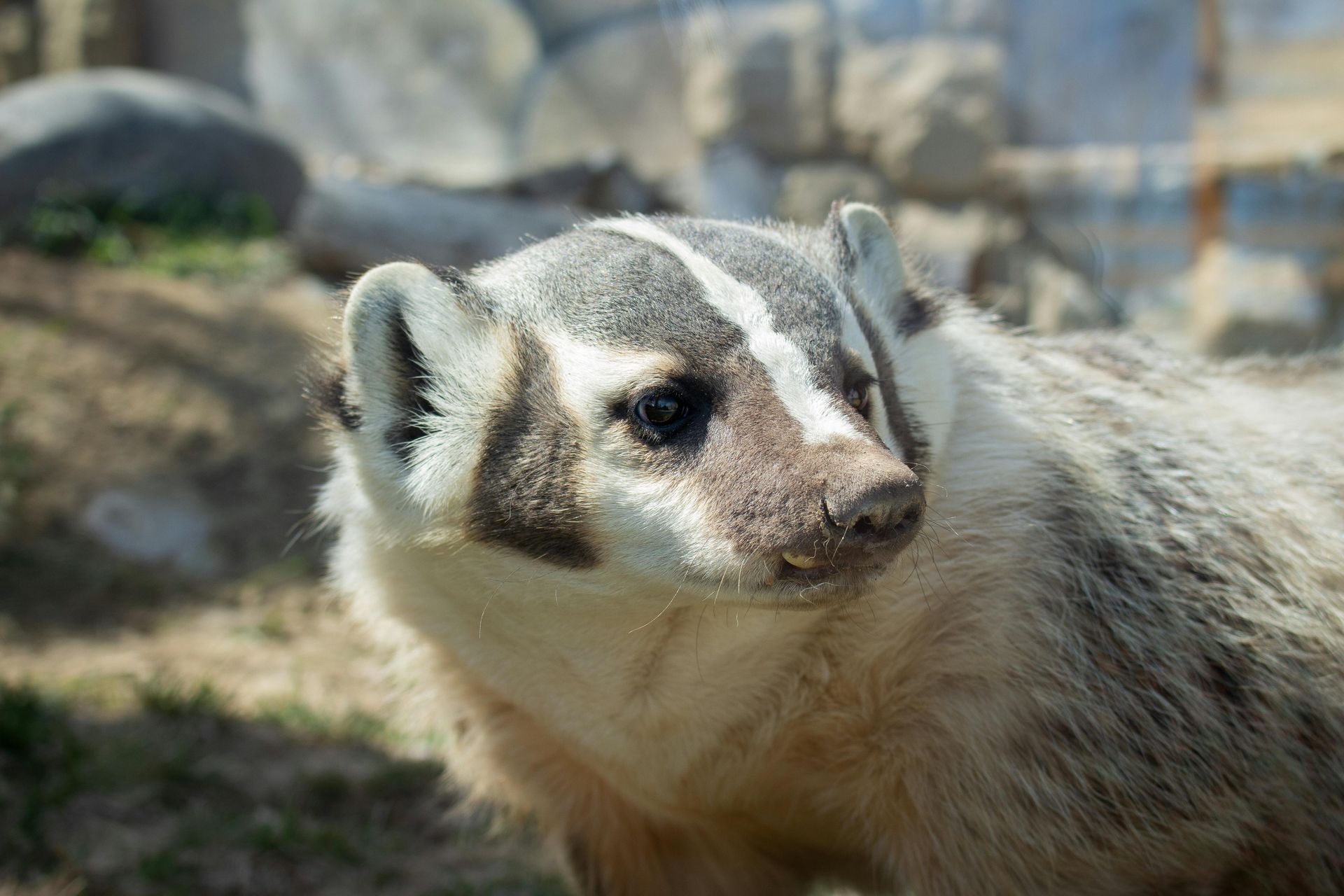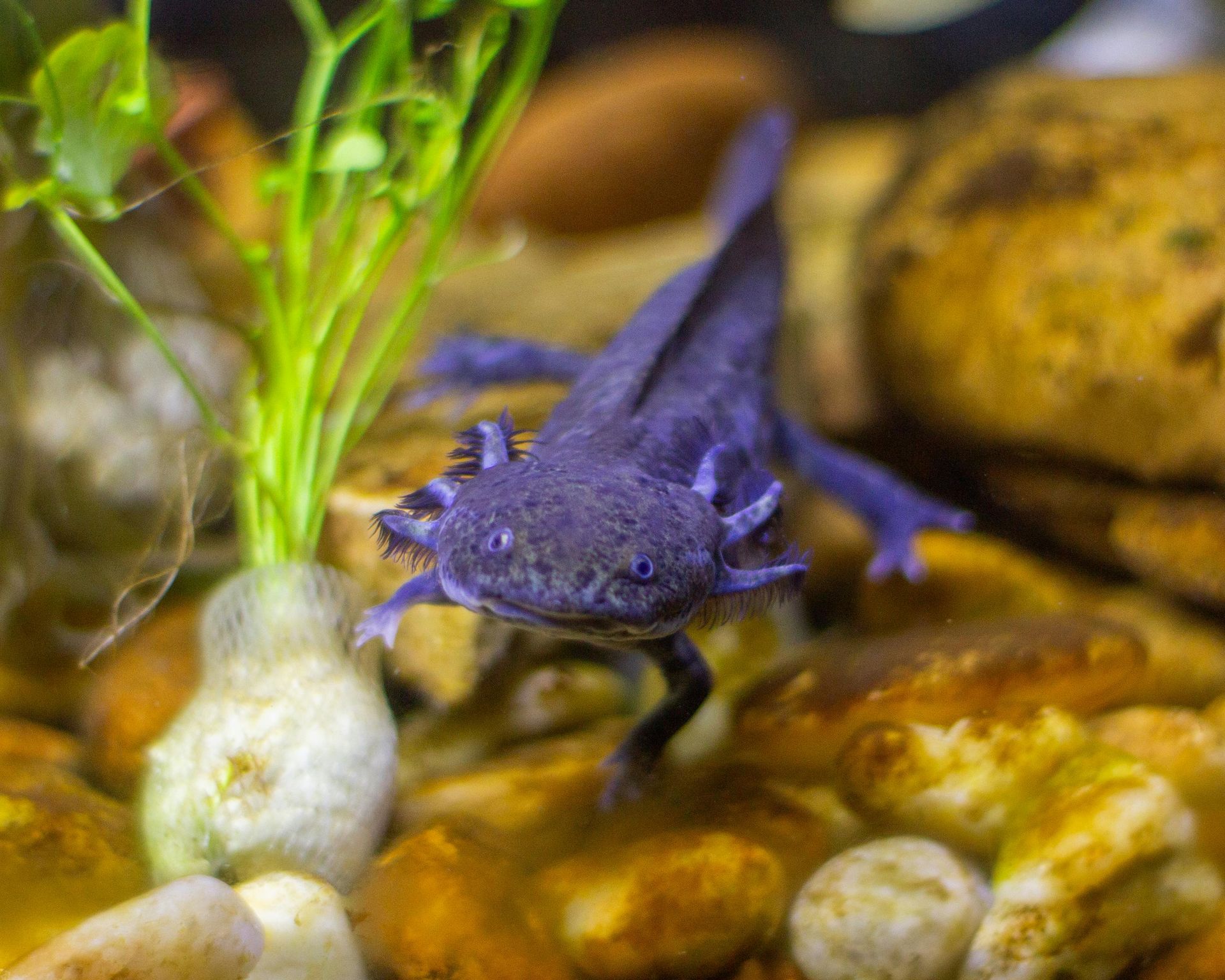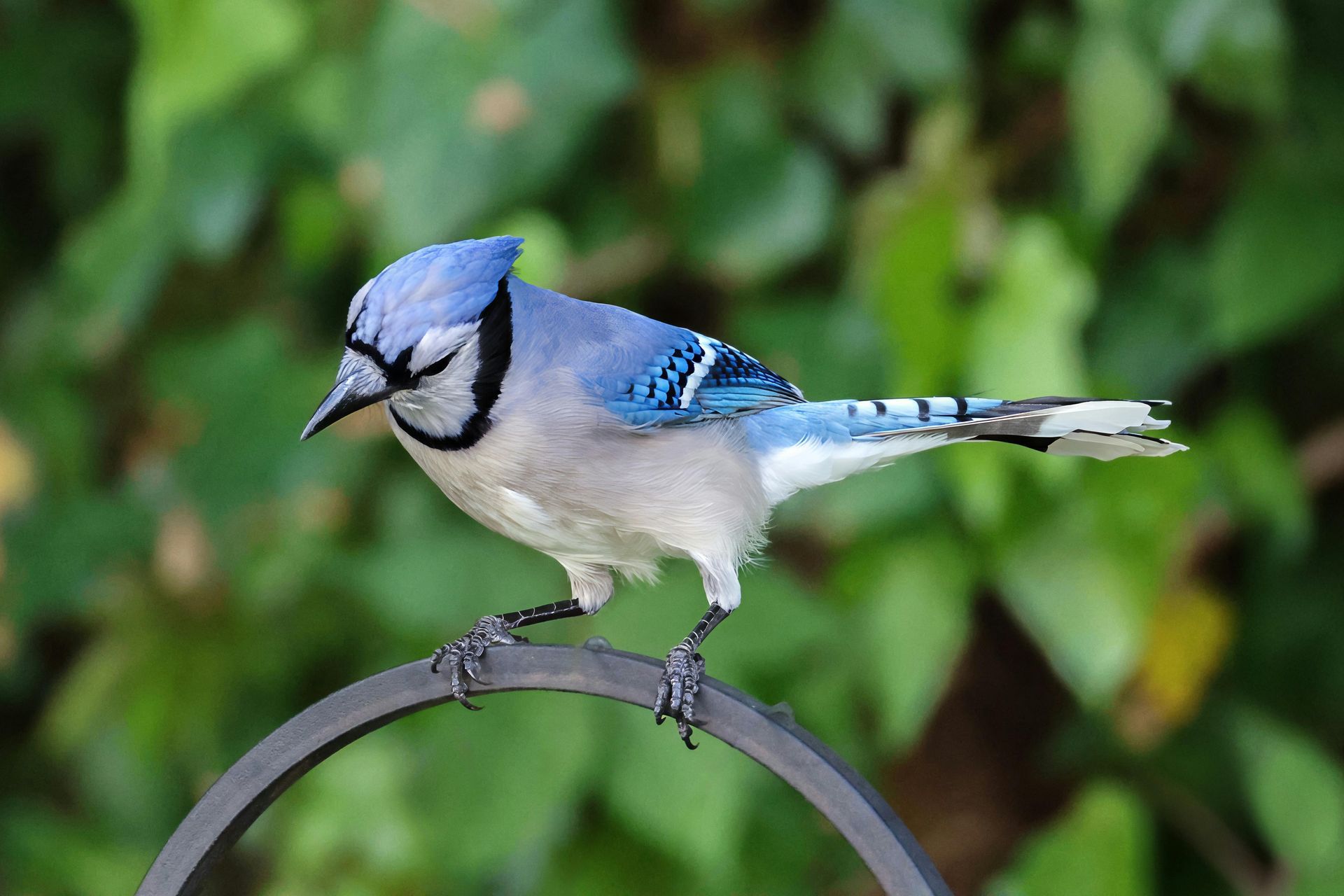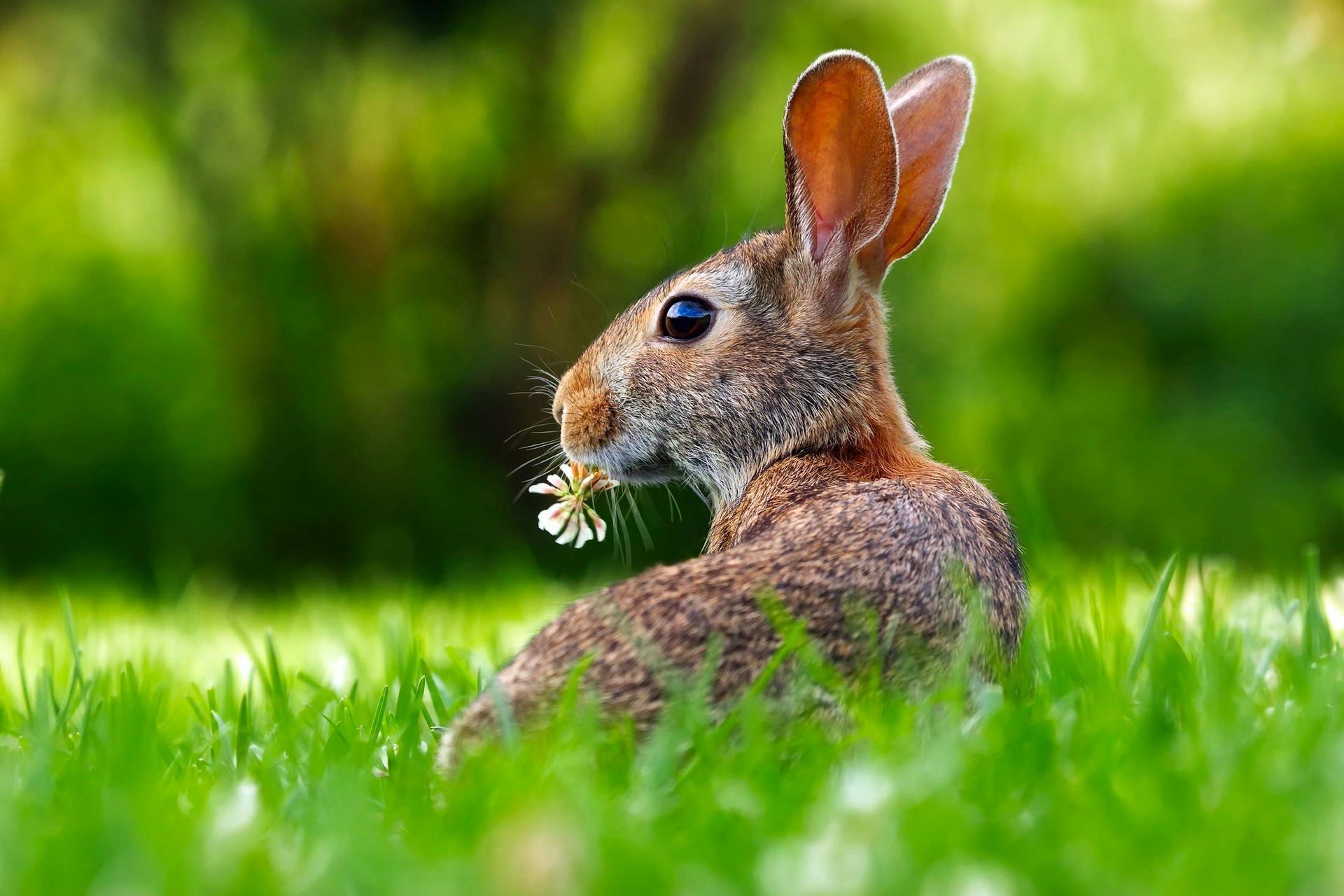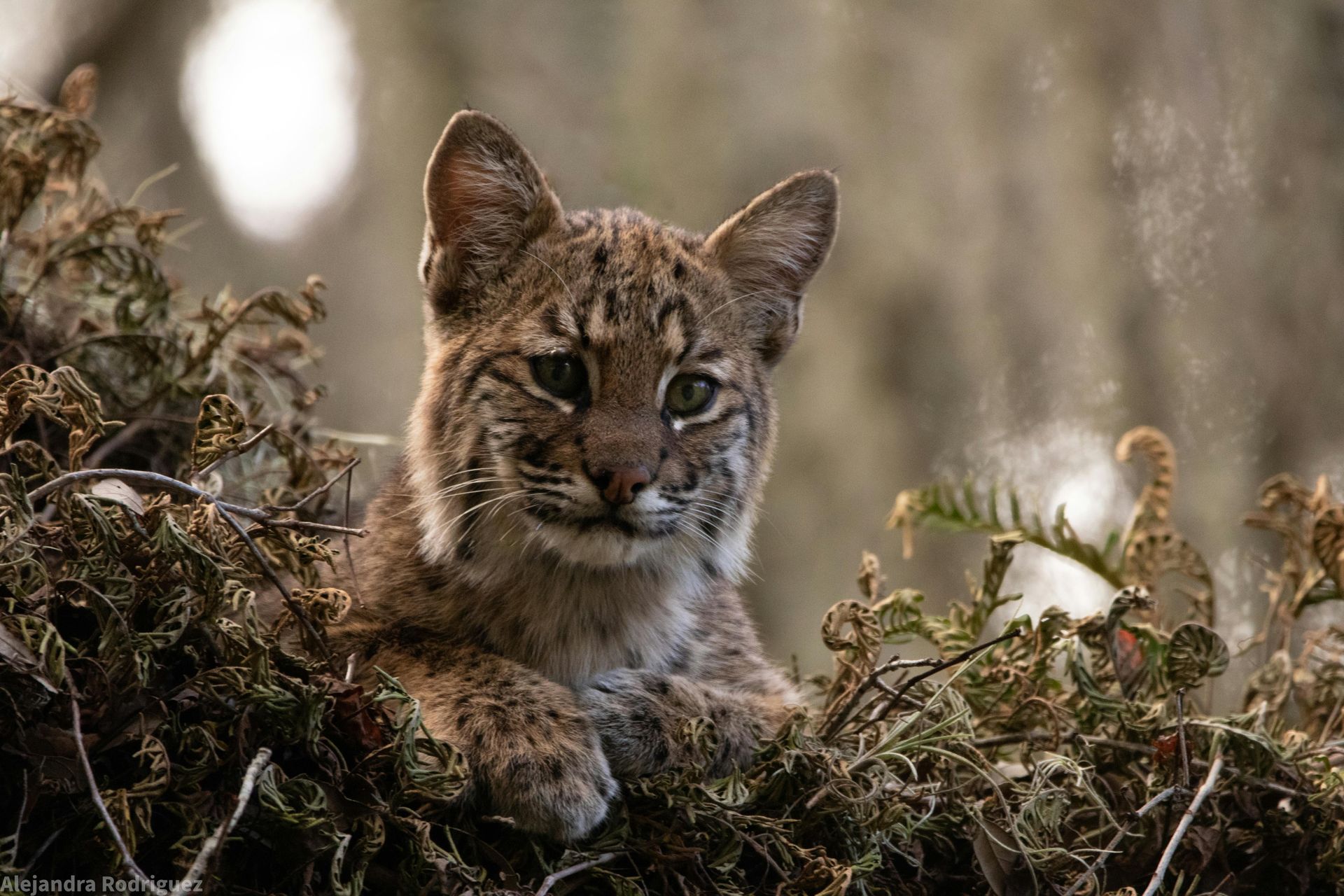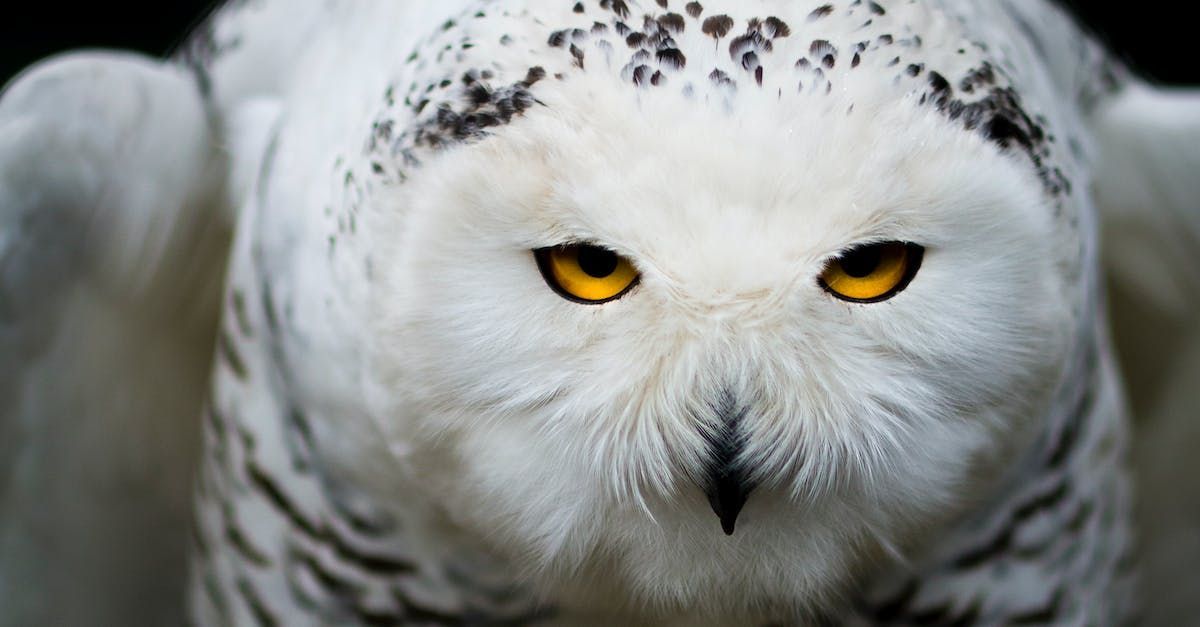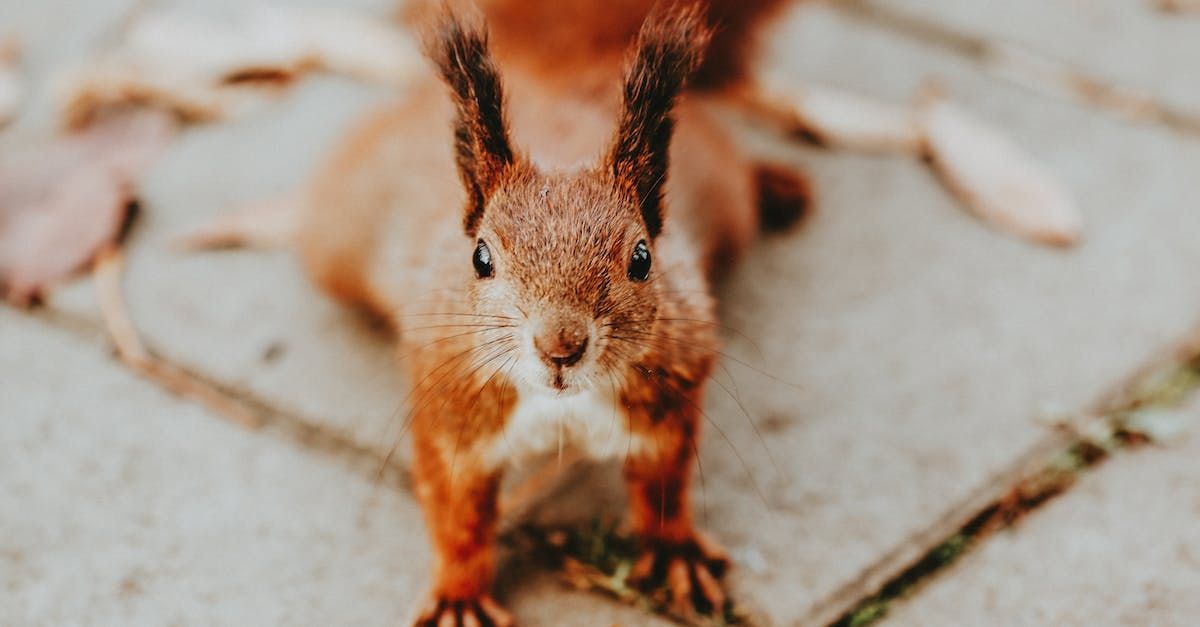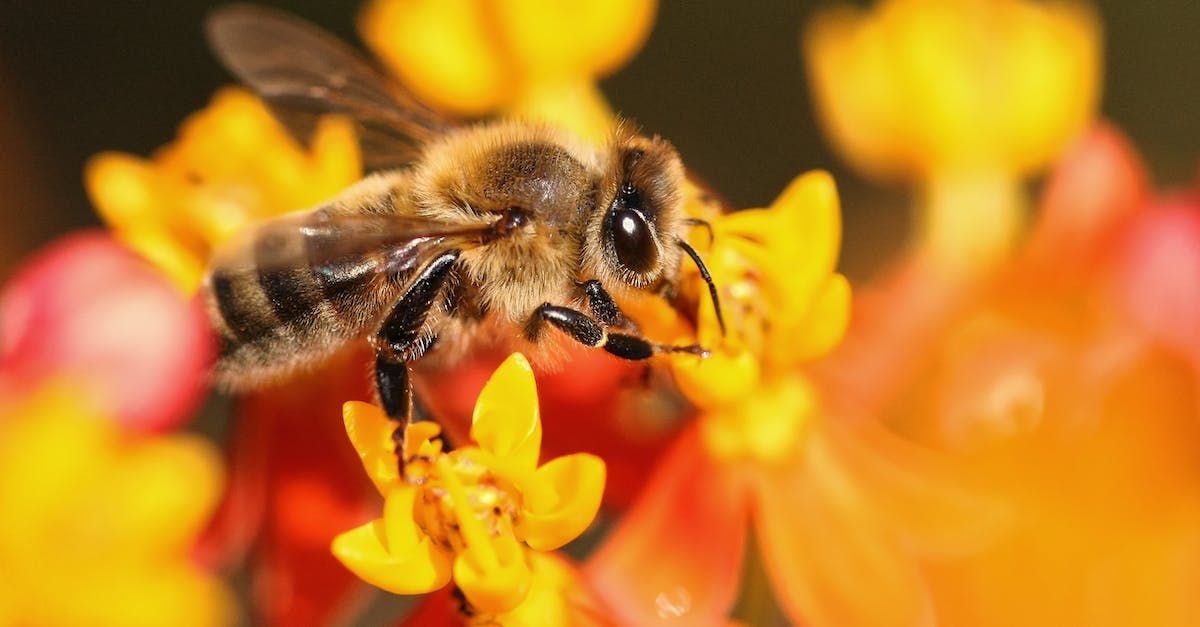Frog or Toad? Spotting the Differences!
Please email or share this article.
Frog or Toad? Spotting the Differences
May, 16 2024
by Renée DeVincent
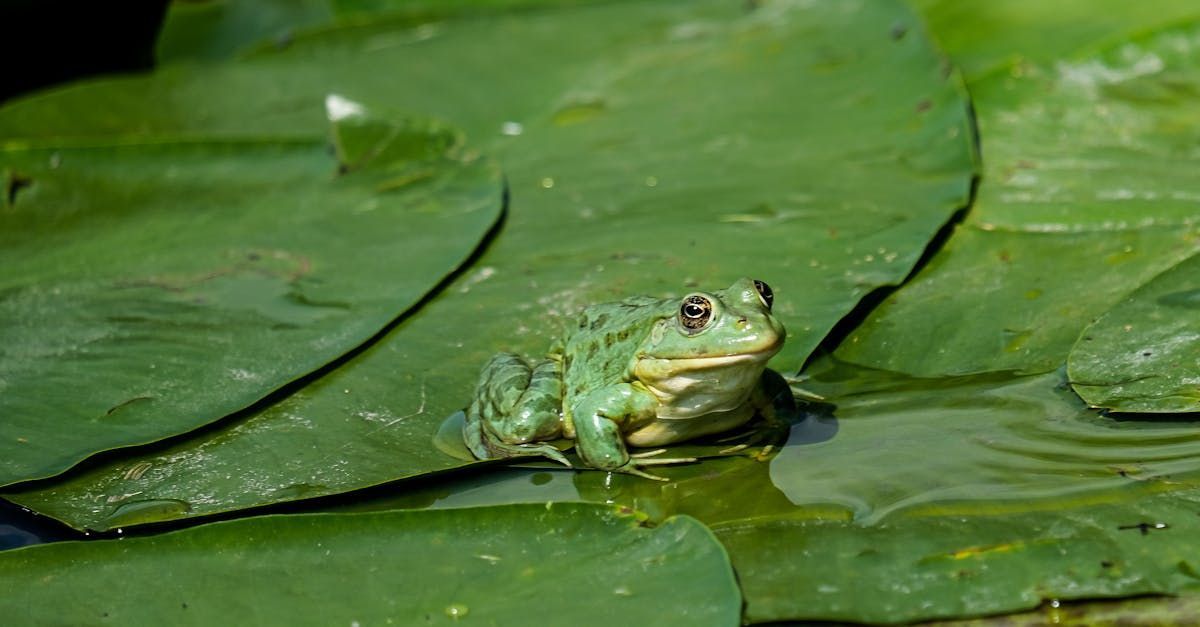
Let's leap into the fascinating world of frogs and toads, two intriguing creatures that are very similar, each with unique characteristics and behaviors. Learn about their habitats, life cycles, how they fit into our backyard ecosystems, and more. But first, here are some fun short facts!
Short Facts: 🐸
- Groups of frogs are called an army, and groups of toads are called knots.
- Frogs need to live near water to survive, whereas toads do not.
- Both frogs and toads drink water through their skin.
- Frogs have smooth skin, while toads have bumpy skin.
- Both frogs and toads have been around for billions of years.

Frogs and Toads Live all Around the World!
According to amphibiaweb.org, there are over 7,701 types of frogs and toads in the world. They are both anura, meaning that they do not have tails. Found almost everywhere in the world, frogs and toads live on every continent except Antarctica.
Some common types of frogs and toads you may be familiar with are the bullfrog, common frog, green frog, leopard frog, marsh frog, pickerel frog, red-eyed tree frog, wood frog, american toad, and the fowler's toad.

Anatomy and Physical Characteristics:
Frogs Have:
- Thin, smooth, and moist skin with a layer of mucus making them feel slimy.
- Long, powerful hind legs, for leaping and swimming.
- Eyes positioned on the sides of their heads, giving a wide area to see.
- Slender bodies, streamlined for agility in water and on land.
- Long sticky tongues to catch food.
Toads Have:
- Dry, thick skin that feels bumpy and helps them retain water to live in drier places.
- Shorter hind legs for walking and hopping rather than leaping like the frog.
- Eyes are positioned higher on their heads, giving a smaller area to see than the frog.
- Broader bodies and shorter legs, suited for walking rather than swimming.
- Toads do not have sticky long tongues like a frog, they must walk up to their food to eat it.
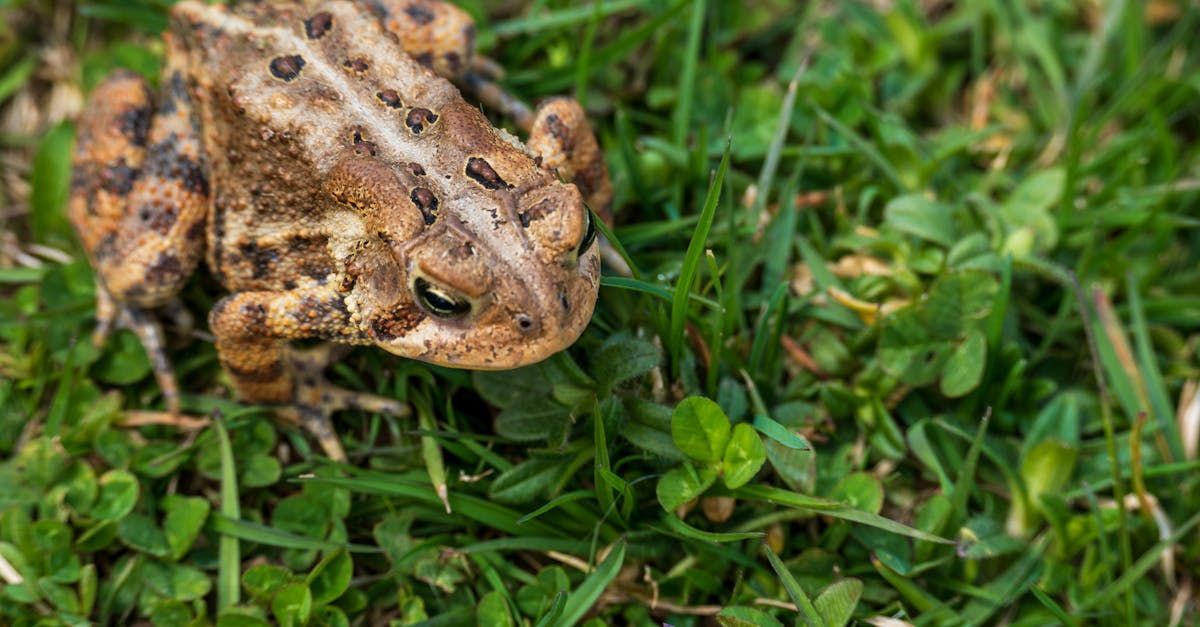
Habitat and Behavior:
Frogs:
- Found in or near water areas such as ponds, lakes, and streams.
- Many frog are good swimmers and spend much of their lives in water environments.
- Known for their musical voices.
- Some male frogs put on shows with fancy dances and vocalizations to attract a female frog.
Toads:
- Tend to have many different types of homes, including forests, grasslands, and gardens, with a preference for moisture-retaining environments.
- While they can swim, toads are more on land than frogs, often moving away from water sources.
- Toads give shorter, harsher calls compared to frogs, sounding like high-pitched trills or chirps.
- When trying to get the attention of a female toad, they have less fancy shows, with simple sounds and physical displays.

The Life Cycle:
Frogs:
- Eggs are typically laid in groups attached to vegetation in water.
- Tadpoles undergo a metamorphosis process, transforming into adult frogs over several weeks to months. It is a much longer stage than a toad's metamorphosis, some taking up to two years.
- Frogs will protect their babies, with either the male or female guarding the eggs or carrying tadpoles on their backs.
Toads:
- Eggs are laid in long strings or chains, usually in shallow water or underwater vegetation.
- Tadpoles of toads also undergo metamorphosis, transitioning into adult toads. It is a shorter stage taking around four weeks.
- Unlike frogs, toads generally do not protect their babies and they grow up apart from their parents.
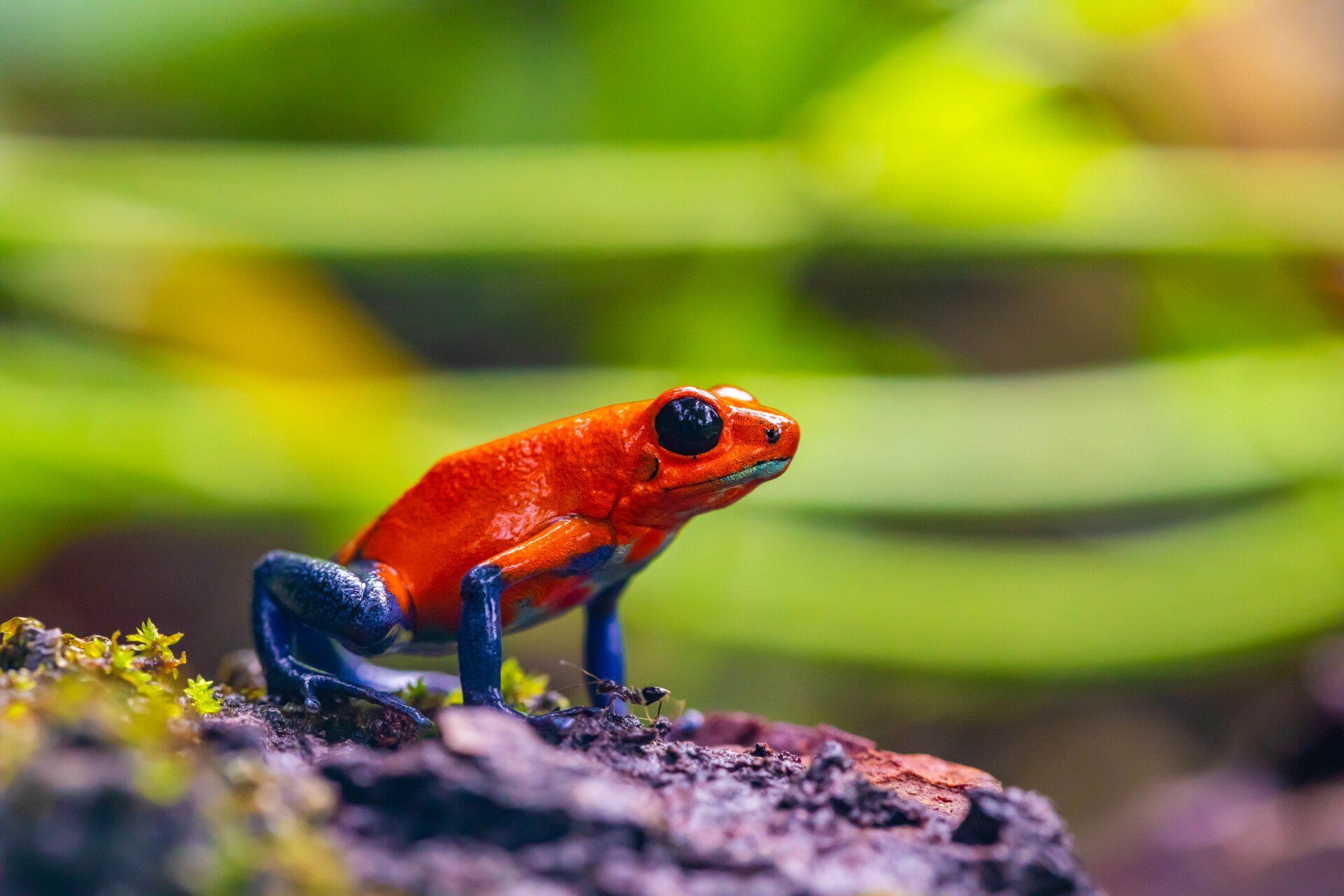
Poison and Protection:
Adult frogs and toads have two main color schemes, and one has a special trick for staying safe. Some are bright colors, like the famous poison frogs. These flashy colors are a sign saying, "Hey, watch out, I'm toxic!" warning enemies away. Others like to blend into their surroundings by using camouflage to hide from their enemies. While some use both strategies, such as the Oriental fire-bellied toad, which is green on top but red on the bottom. When disturbed, these toads bend upward to display their red belly and warn predators of their toxic skin.
Frogs:
- Some frogs have toxins that they use as protection, not all frogs are toxic.
- Poison dart frogs, for example, are known for their bright colors, which serve as a warning to potential predators.
- Poison levels vary among frog types, with some being lethal too if eaten.
Toads:
- Many toads leak poisons from special glands located behind their eyes, giving them a foul taste and smell.
- Toads often stand in a defensive posture when threatened, puffing themselves up and raising their bodies to appear larger.
- Despite their toxic nature, toads are generally gentle and prefer to escape rather than fight predators.

Frogs and Toads in Your Backyard
Frogs and toads are not only fun to have in the backyard, they work hard to help your yard stay healthy. Here are a few ideas on how you can make your backyard more attractive and safe for these entertaining amphibians:
- Create a welcoming home by adding log piles, rock piles, and dense vegetation. These provide shelter for frogs and toads during the day when they seek safety from danger and bad weather.
- If possible, include a small pond or water feature in your backyard. This not only provides drinking water for frogs and toads but also serves as a breeding ground for some species.
- Refrain from using pesticides, herbicides, and fertilizers in your yard, as these can harm amphibians directly or indirectly by contaminating their habitats.
- Reduce outdoor lighting at night, as bright light can affect the behaviors of nocturnal animals like frogs and toads. Use motion-activated or low-intensity lighting where necessary.
- Add hiding places such as dense shrubs, leaf litter, and hollow logs where frogs and toads can hide when they feel threatened. These hiding spots offer protection from predators and help maintain their sense of security.
- If you have pets like cats or dogs, consider limiting their access to areas where frogs and toads are likely to be living. Pets can be a threat to these small amphibians, either by eating them or by destroying their habitats. If a pet eats a frog, they can become sick.
- Watch frogs and toads from a distance and avoid handling them unless necessary. Handling can stress these fragile creatures and may also transfer harmful substances from your skin to theirs.
Frog Activities (Ages 3+)

